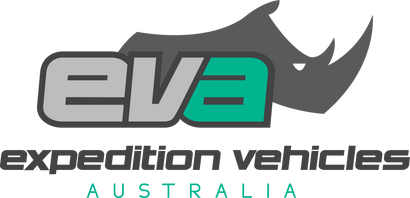This page is offered to provide an insight into the laser cutting process. Understanding this WILL save you money!
Quoting;
For us to quote we need to understand what you would like produced.
Our systems are highly advanced and work on real data.
- Jobs with folding - the top level 3D is the best, with a list of materials required. Our system will flatten all parts, work out thickness and folding geometry. Please advise QTY and Material for each part.
- For flat parts; just the toolpath is required. Providing more information than is necessary means we need to delete it, and it will cost you more. Every bit of data in the file, the laser WILL CUT. Every dash, dot, dimension, arrow, title block.
File names such as;
- CPYDR CUT 8 IN 3MM 5005 PE
These are considered perfect, it provides a part name, qty required, material thickness, material, film and surface (e.g #4)
Names such as;
Are likely to cost someone money!
Please don't list materials and qty's in the actual .dxf file. It causes us no end of grief, and will cost you a LOT more. It always takes longer to clean up the files than it does to cut the actual part. We need to recover our costs and it will be passed on.
A napkin drawing cannot be quoted until we draw it. Drawing will be added to the price.
Folding.
Folding is extremely complex, and we will do our bet to explain it here. There are more untruths about this topic online than anything. If you want on-size parts pay attention.
- For highly complex designs we recommend Solidworks, from our experience, seeing the outputs of all packages - we can honestly say all others are next tier by a good margin.
- Fusion we simply do not recommend for sheetmetal.
CAD systems pre-populated values unlikely to be suitable.
To enable accurate, consistent folding there are a number of key metrics that need to be adhered to. There are countless articles, and schools of thought. It may seem impossible to work out where to start. So here we will provide a few tips.
For metal to bend (plastic deformation), it needs to be stressed past its elastic limit. There are countless ways of achieving this, but here we will concentrate on folding using a hydraulic pressbrake.
There are historically three different ways to bend on a press;
- Coining - where a sharp punch cuts into the material with extreme pressure.
- Bottom bending where the punch radius is left inside the bend
- Air bending, where the radius is formed by the width of the lower V die.
All bending on a modern pressbrake is Air bending, and made bossible by the advanced CNC controllers and valve bodies holding precision under pressure.
Rules of thumb;
- Lower V die is 8 x material thickness.
- K-factor
- Punch radius (only important if punch is larger than calculated radius)
- Holes from edge
- miters at edge
-

